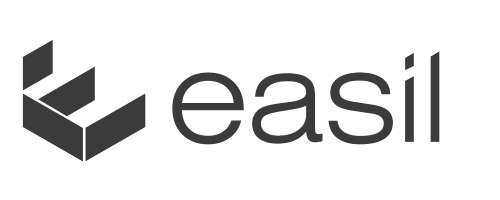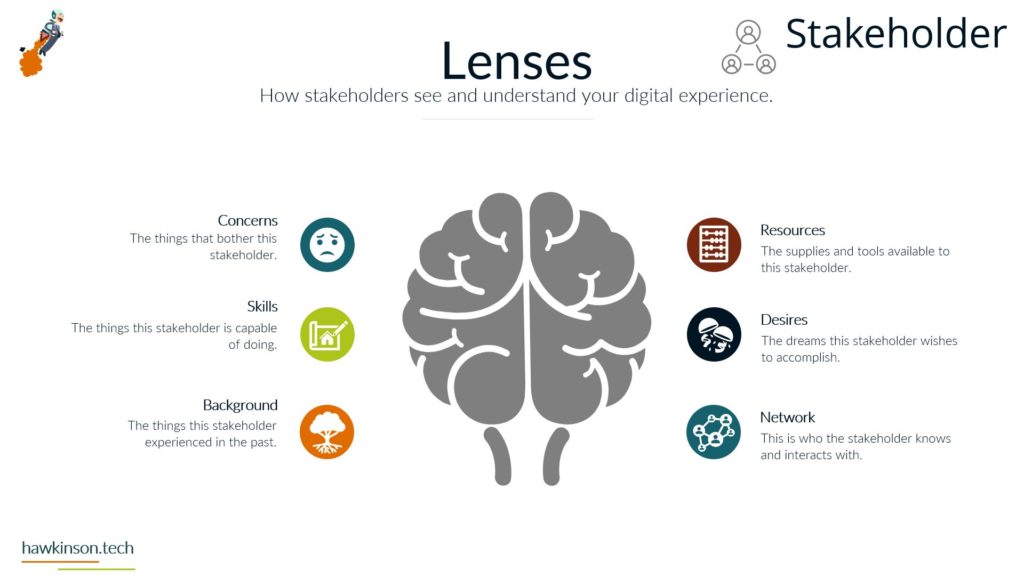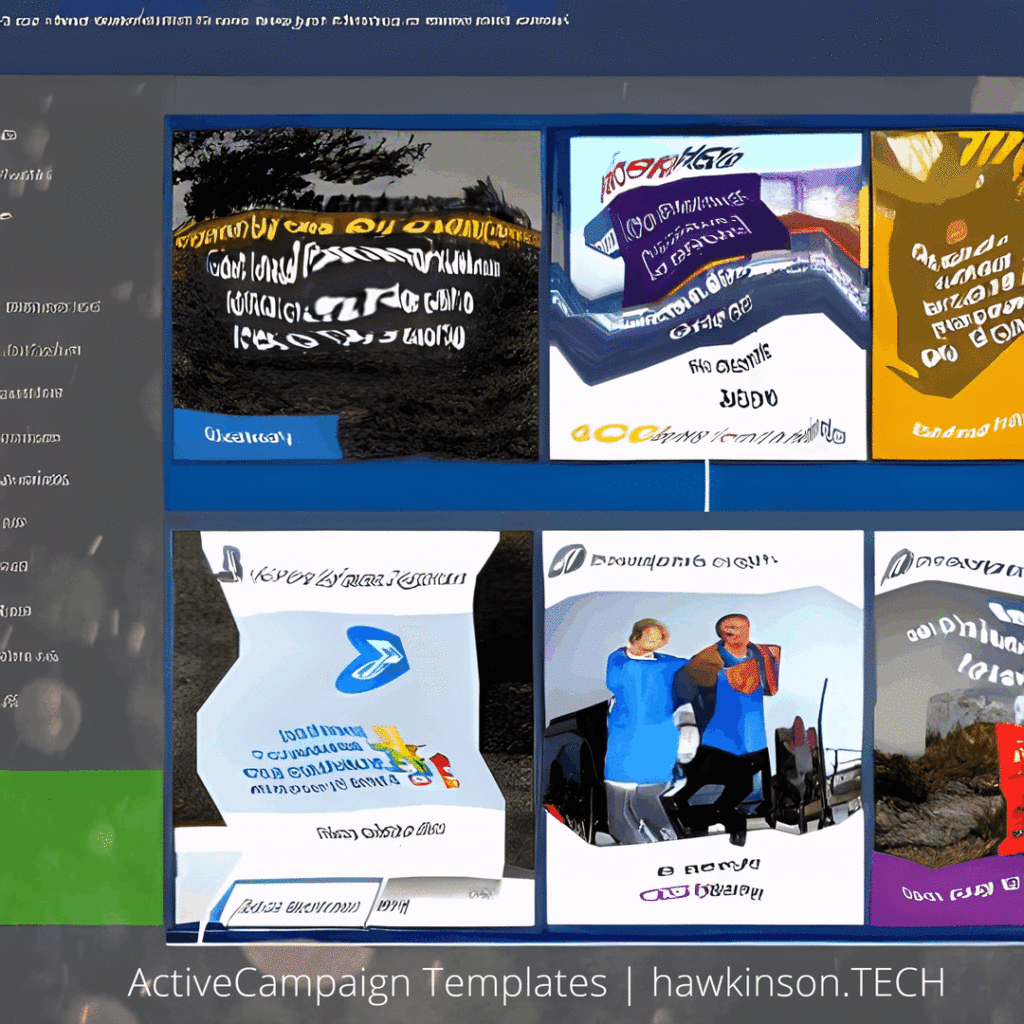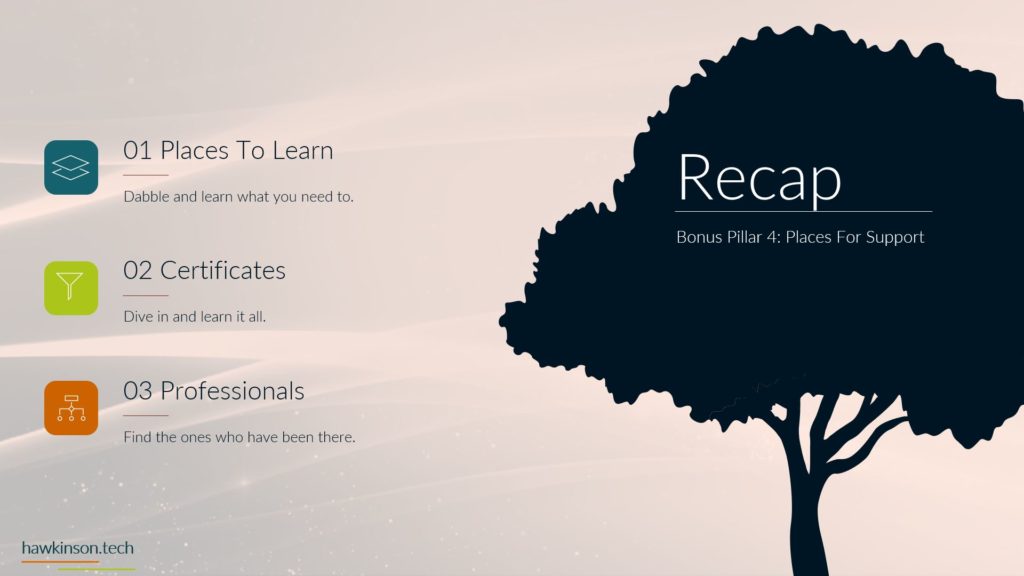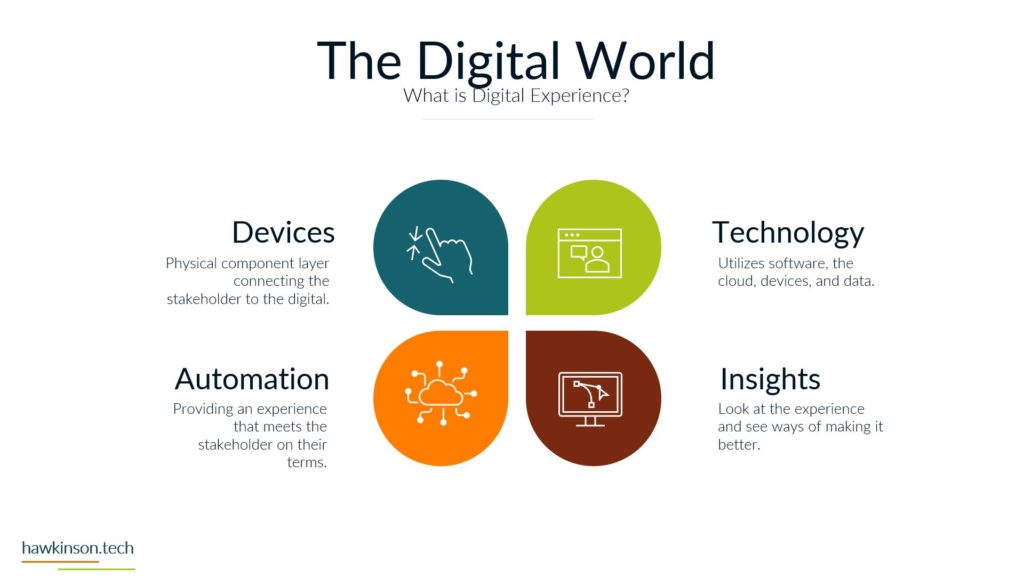GoDaddy Studio, formerly known as Over, is a design and content creation tool that allows users to create professional-looking visuals, such as social media posts, logos, banners, and more. This user-friendly app is made for entrepreneurs, small businesses, and content creators who want to enhance their brand presence without extensive design skills.
Key Features
Templates
GoDaddy Studio offers a vast library of customizable templates for various industries, purposes, and platforms. These templates make it easy for users to create visually appealing designs quickly.
Easy-to-use Editor
The app provides a user-friendly, drag-and-drop editor that enables users to add, resize, and reposition various design elements, such as text, images, and graphics.
Text and Typography
GoDaddy Studio offers a wide range of fonts and text styles, allowing users to create eye-catching typography for their designs.
Image Library
The platform includes a library of high-quality stock images and graphics that can be easily incorporated into your designs.
Integration with GoDaddy products
GoDaddy Studio integrates seamlessly with other GoDaddy products and services, such as website builders and marketing tools, allowing you to create a cohesive online presence.
Other Features
- Brand kit
- Collaborations
- Download options












